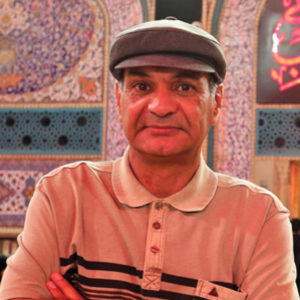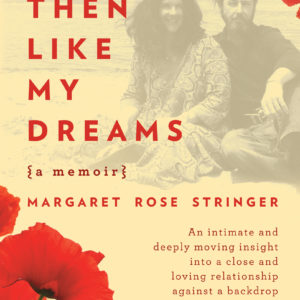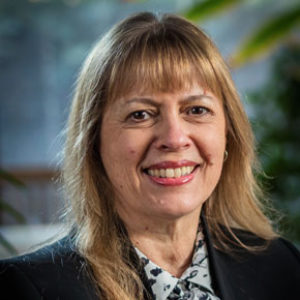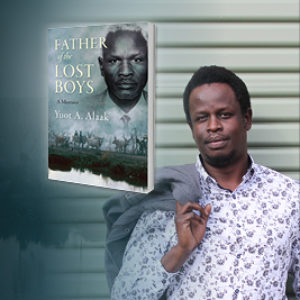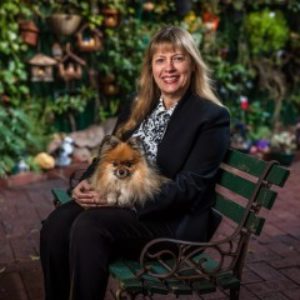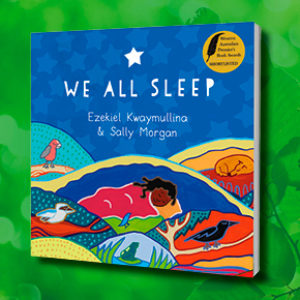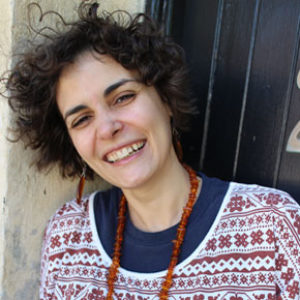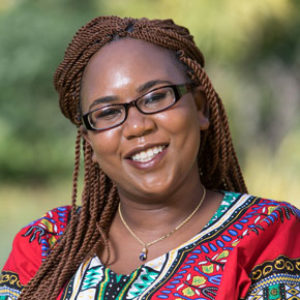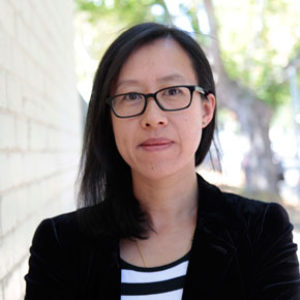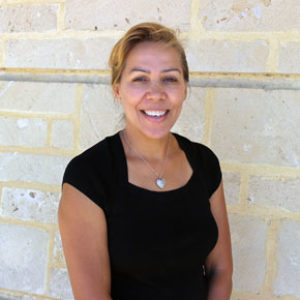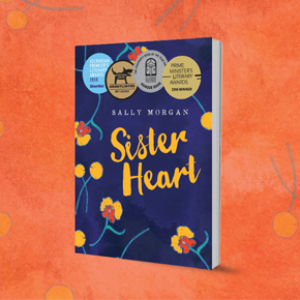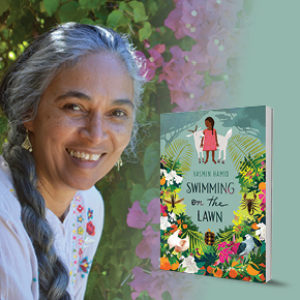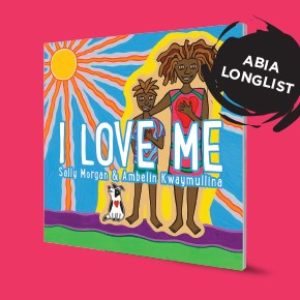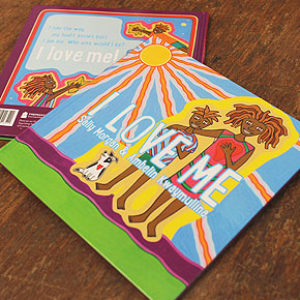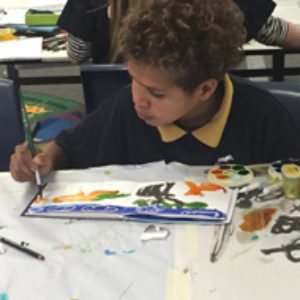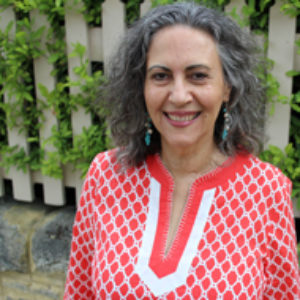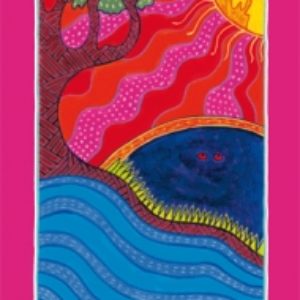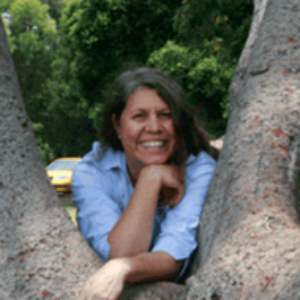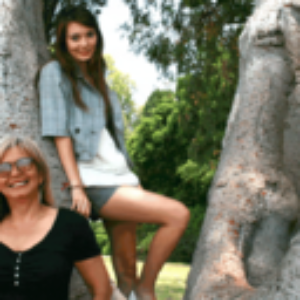Category: BIPOC
Vociferate | 詠 is Western Australian writer Emily Sun’s debut poetry collection. Alice Pung has described the book as ‘polemical, personal and political’ – in it, Emily meditates upon a range of issues that have shaped her world. Emily was born in British colonial Hong Kong to stateless diasporic-Chinese parents, who are descendants of Chinese […]
Last year was a great year for Helen Milroy. Her work was shortlisted for the WA Premier’s Book Awards, the Readings Children’s Book Prize and the Speech Pathology Australia Book of the Year Awards, while reviewers called her picture book Backyard Birds vibrant, bright, beautiful, wonderful, colourful and bold. In 2021 the First Nations author […]
Father of the Lost Boys author and former child soldier Yuot A. Alaak says lived experiences have a lot to teach us. He says giving students the opportunity to enter the lives of refugee children in a war, but from a safe distance, can help build empathy and understanding. In this very special blog post, […]
Meet Me at the Intersection will be launched at the Wheeler Centre on Tuesday 11 September. Edited by Ambelin Kwaymullina and Rebecca Lim, the book is an anthology of young adult writing that brings together a diverse range of short fiction, memoir and poetry by authors who are First Nations, People of Colour, LGBTIQA+ or […]
Meet Me at the Intersection contributor Rafeif Ismail is a Perth-based, emerging Muslim writer who is a refugee from Sudan identifying as queer. She will be on a panel focusing on diversity at the Great Big Book Club Tea Party, an event co-hosted by the City of Melville and Fremantle Press at AH Bracks Library […]
Cheryl Kickett-Tucker is no ordinary children’s author. Once a community newspaper sports journalist, now a research scientist, associate professor and, most importantly, a writer of children’s fiction, Cheryl’s stories appear in Bush and Beyond, a collection of Indigenous stories with tales from Tjalaminu Mia, Jessica Lister and Jaylon Tucker.
Swimming on the Lawn by Yasmin Hamid follows the adventures of Farida, who lives with her family in Khartoum, the capital of Sudan. Sudanese culture and customs are brought to life, from the ubiquitous tea service and hearty breakfasts to the commemoration of Muslim holidays and the rites of birth and death.
Representation matters, including in picture book illustrations. Perhaps especially in illustrations, because children are fluent in the language of art in a way that most adults are not. There is no aspect of an illustration that escapes the attention of a child, and this means that to create art for children is to speak to an audience more attuned to the nuances of representation than yourself. This is one of the reasons why the misrepresentation of Indigenous peoples in illustration – or the misrepresentation of other diverse peoples, for that matter – should never be dismissed as being ‘only a picture book’.
Artist and author Sally Morgan shares her highlights from the inaugural Spinifex Story Writing Camp. I spent the last week of June participating in workshops at Tjuntjuntjara Remote School with three amazing people – Karen and Tina from the Indigenous Literacy Foundation (ILF) and illustrator Ann James.
Where did the inspiration for Shadow come from? Pat: We thought, if you were a young child who had moved towns and were lonely, wouldn’t it be good to have a secret creature to keep you company and protect you? Shadow is a friendly protective creature who loves Lilli and her mother and nanna. He […]



